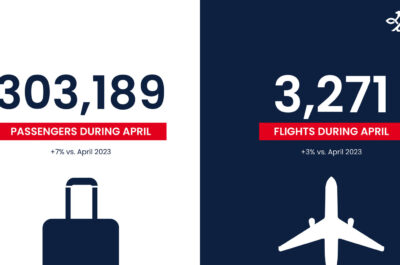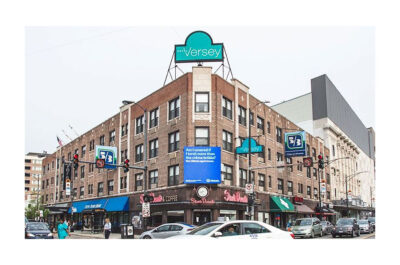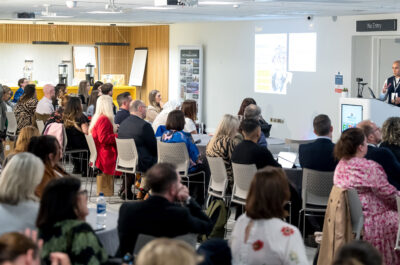These are strategies that everyone should implement, individually, to minimize the prevalence and severity of traffic accidents.
Early estimates suggest that the rate of traffic accidents is declining in 2023. According to the National Highway Traffic Safety Administration (NHTSA)’s data, 9,330 people have died in traffic crashes in the first three months of 2023. This metric is 3.3 percent lower than the 9,645 estimated fatalities in the first three months of 2022. If this trend continues, fatalities for the entire year could be down 3.3 percent or more.
But why is this the case? And how should it affect you?
Why traffic accidents are still an issue
First, we can all be grateful that traffic accident fatalities are declining, but we can’t afford to rest on our laurels, nor can we afford to assume that we’re all safe on the road. Traffic accidents are still frighteningly common, and we’re all responsible for helping the roads to be a safer place.
These are strategies that everyone should implement, individually, to minimize the prevalence and severity of traffic accidents.
Be a mindful, defensive driver. As a driver, you should be both mindful and defensive. That means engaging in safe driving habits and remaining aware of your surroundings at all times. If other drivers are engaging in risky or problematic behaviors, it’s your responsibility to avoid them. It’s also your responsibility to obey all traffic laws and posted signage.
Buy the safest car you can afford. As we’ll see, modern cars are safer than ever. More advanced safety technologies, and more available safety features have made collisions less impactful for drivers and passengers. Unfortunately, cars upgraded with the best safety technology tend to be more expensive than their basic counterparts, so consider buying the safest car you can reasonably afford.
Utilize all sensible safety features. The safety features of your vehicle aren’t going to help you much unless you fully utilize them. As a simple example, you and your passengers should always wear seatbelts while driving.
Remain cognizant and focused. Accidents often happen because drivers drink alcohol, drive while tired, or otherwise allow themselves to operate a vehicle when they’re not in a proper mindset. If you’re not in prime condition to drive, consider getting a ride with someone else or resting until you’re capable of driving safely on your own.
Invest in a dash cam. A dash cam is one of the best investments you can make for your vehicle. It can help you record potential accidents as well as the events leading up to those accidents, so you can legally and financially protect yourself.
Have a lawyer on speed dial. Finally, consider researching car accident lawyers so you can have one on speed dial if you’re ever involved in an accident. After an accident, your highest priorities will be getting to safety and securing medical treatment. But after that, you should talk to a personal injury lawyer about your potential case.
The path to declining traffic accidents
How did we get here? For several years, the rate of traffic accidents was consistently rising, so why has this momentum suddenly reversed?
Collision avoidance technology. Collision avoidance systems are growing in both sophistication and availability. Many modern cars are now equipped with technologies that allow them to automatically detect potential collisions and avoid or minimize them. Not every car has these features, but if even a small percentage of cars on the road are automatically avoiding accidents, it’s not surprising to see the total rate of accidents decreasing.
Better safety features in cars. Additionally, most cars have better safety features, including fundamental designs that keep drivers and passengers better protected in the event of an accident. This doesn’t typically help mitigate pedestrian deaths, but this should still have a measurable impact on total fatalities.
The Call to Action campaign. The Call to Action campaign, an extension of the Department of Transportation’s National Roadway Safety Strategy, may also be to credit. The National Roadway Safety Strategy is responsible for helping more than 500 communities with small and large projects meant to improve road safety. Improved infrastructure, more visible signage, and other upgrades can make a big difference.
A return to normalcy. Some people speculate that the increase in traffic fatalities starting in 2020 were a result of abnormal conditions created by the COVID-19 pandemic; with less traffic and suddenly empty streets, drivers operated their vehicles more brazenly and recklessly. But now, we’ve mostly returned to normal, and these conditions are no longer influencing traffic fatality rates.
Awareness and safer driving. It could be argued that people are becoming more aware of the dangers of unsafe driving. Major messaging campaigns have been responsible for educating the public on the influence of distracted driving, and pedestrians may be more aware of the risks they face in a world with potentially distracted drivers.
Comparative measures. We also need to acknowledge that the rate of traffic fatalities increased consistently for a few years leading up to this point. While we can all be grateful for a decline, this is a reversal of unfavorable momentum, rather than a purely positive change by itself.
These motivating factors, and others, are working together to reduce the rate of traffic fatalities in the United States. We may never be able to reduce this rate to zero, but if we all practice driving more responsibly and taking advantage of the latest safety features, we can keep this positive momentum strong.
Photo by Laith Abdulkareem on Unsplash




















































































































































































